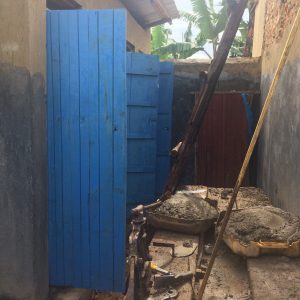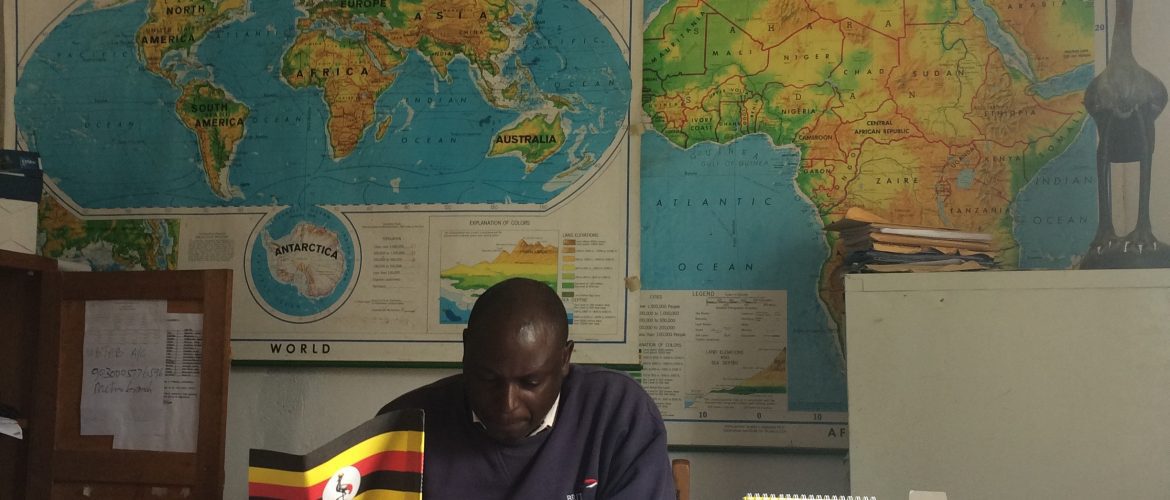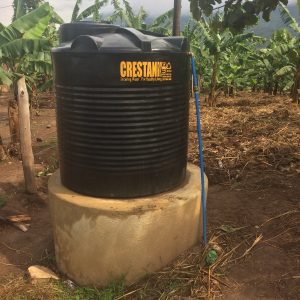 This summer in Mbarara, Uganda, I had the privilege of being the second half Project Manager. This role entailed quite a lot of running around town to sort out logistics for next year’s summer, as well as squeezing in those final few school visits we had planned. Hectic as it was, I knew it was coming. I’d even pre-planned a to-do list for it all. But something slightly unexpected for the Summer Team was a new pilot investment scheme to come our way. Something very girly indeed.
This summer in Mbarara, Uganda, I had the privilege of being the second half Project Manager. This role entailed quite a lot of running around town to sort out logistics for next year’s summer, as well as squeezing in those final few school visits we had planned. Hectic as it was, I knew it was coming. I’d even pre-planned a to-do list for it all. But something slightly unexpected for the Summer Team was a new pilot investment scheme to come our way. Something very girly indeed.
In a nutshell, what EPAfrica envisioned for this pilot scheme was an upgrade of existing girls’ toilets in previous and existing partner schools. This included focusing on a range of things, from installing lighting (to allow girls to change their sanitary pads at night) to ventilation (to prevent bad odors). This would be a first for the Summer Team – creating an “EPAfrica standard” for all girls’ toilets in partner schools, to be hopefully standardised in future across our Kenyan and Ugandan sites. But, why girls?
The majority of research tells us that it is girls who pay the biggest price for poor sanitation. This is because periods are a bloody pain and in several sub-Saharan African cultures, the only acceptable time for women to excrete is after dark, so no one notices. As well causing general discomfort, this fosters a whole range of other issues – one being assault. Changing a pad in an open toilet, at dark, in the middle of a communal space, unfortunately invites a lot of unwanted attention inside and outside of school. And this lack of a clean, safe space in which to excrete and change sanitary pads is a significant factor that contributes to drops in female school attendance and enrollment. Some schools in Uganda are forced to close altogether due to poor sanitation (https://www.newvision.co.ug/new_vision/news/1474189/leaders-blamed-lack-latrines). So we can see that girls’ toilets aren’t just a girls’ issue.
Accordingly, the Summer Team embarked upon a mission to find the most suitable graduate school (secondary school that has previously received EPAfrica investment) for this project. And we didn’t have to look very far to find St Benedict’s Technical Institute; the school I’d invested in last year as a Project Worker! This conveniently meant that we could assess previous EPAfrica investment, alongside bracing the school for a unique kind of investment. Starting work promptly-ish, we reached a shared vision for the school.
 Head Teacher Benon’s ideas automatically married up with the charity’s pretty well, as he’d already attached importance to girls’ sanitation issues by planning to improve the girls’ toilets following the construction of their new dorms. Which, may I add, all the male students in St Benedict’s kindly helped build. Perks of working with a technical school… The only problem Benon faced was a lack of funds. Thus, the Summer Team complemented St Benedict’s well, by offering £100 (498,000 Ugandan Shillings) for this scheme. In partnership with the school, we invested in:
Head Teacher Benon’s ideas automatically married up with the charity’s pretty well, as he’d already attached importance to girls’ sanitation issues by planning to improve the girls’ toilets following the construction of their new dorms. Which, may I add, all the male students in St Benedict’s kindly helped build. Perks of working with a technical school… The only problem Benon faced was a lack of funds. Thus, the Summer Team complemented St Benedict’s well, by offering £100 (498,000 Ugandan Shillings) for this scheme. In partnership with the school, we invested in:
- 4 doors with latches on the inside. Privacy for girls is everything in a school which is dominated by male students. Now cubicles can be locked properly, allowing for a safer space when girls need the toilet.
- Hydroelectric power lights. This was done by connecting wiring from the toilets to the girls’ dorms, which were already well-lit using hydroelectric power. Now, girls can switch on the lights from inside their dorms before going into the toilet, to see when changing pads.
- Handwashing stations and a water tank. This was kindly donated from the school’s budget. So now, there are facilities for handwashing, using a private and clean water source.

Whilst this project may be small-scale and low in budget, it is only a pilot scheme. We hope to learn from potential success and even failure, in order to ensure that EPAfrica’s toilet related ventures are up to scratch in the coming years…



You must be logged in to post a comment.